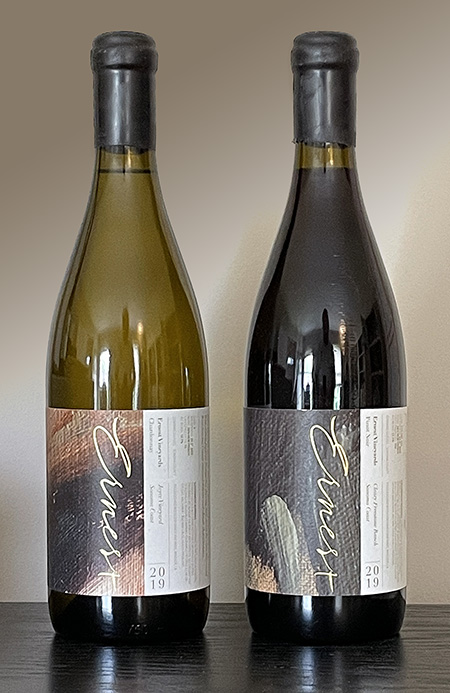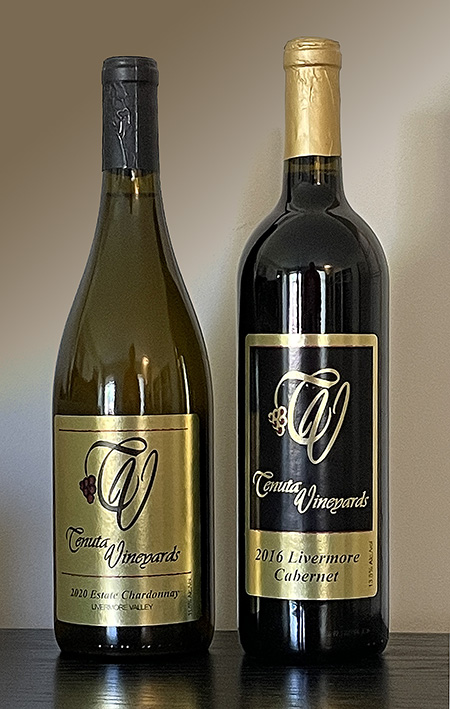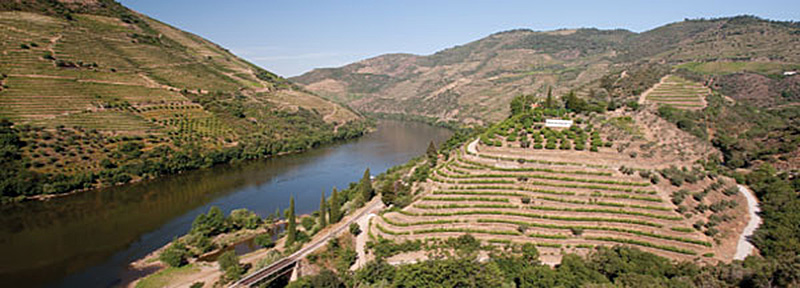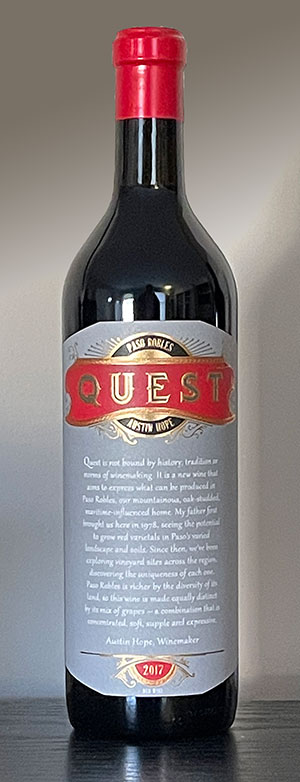
Beringer Private Reserve Cabernet Sauvignon 2013
Three decades ago, on my first visit to Napa valley, I stopped by Beringer for a tasting. I didn’t know much about Beringer at the time, mostly that they had a long history and made some well-regarded wines. Back then, tastings were free, but a friend had given me a tip to skip that and head upstairs to the Founders room, where you could sample Beringer’s best wines for $10. As a bonus, there was a crowd downstairs, but I had upstairs nearly to myself. I left that session with a life-long affinity and appreciation of what Cabernets from Napa could be like. (Today, the basic tasting is $45, and the high-end samplings are $125 or $150, depending on which way you go.)

In 1868, Jacob Beringer, enticed by the opportunities of the new world, sailed from his home in Mainz, Germany, to New York. However, after hearing that the rocky hillside soil and fertile valley floor of Napa Valley resembled that of vineyards back home in Germany, Jacob made his way to California in 1869. He became cellar foreman for Charles Krug, one of the first commercial winemakers in Napa Valley. A few years later, in 1875, Jacob and his brother, Frederick, purchased 215 acres next door to Charles Krug in St. Helena for $14,500. This parcel of land, known as Los Hermanos (the brothers), became the heart of the Beringer estate.
Here, the brothers oversaw their first harvest and crush in 1876. With Jacob serving as winemaker and Frederick as financier, they made approximately 40,000 gallons of wine, or 18,000 cases, that first year. In order to house the fermentation tanks, the first two floors of the original winery were built, and Chinese workers began digging a 1,200-foot-long tunnel to store the wine for aging.











 Nancy Tenuta graduated from Portland State University in 1981, and spent the next twenty years in the business world. She held a number of sales positions, and in the 1990s she traded stocks. Ron Tenuta was general manager of Protection Services Industries in Livermore, which specializes in commercial security.
Nancy Tenuta graduated from Portland State University in 1981, and spent the next twenty years in the business world. She held a number of sales positions, and in the 1990s she traded stocks. Ron Tenuta was general manager of Protection Services Industries in Livermore, which specializes in commercial security.
 In the early 1970s, Joe Phelps started looking for a place to make a little wine. After a stint in the Navy, he’d grown his father’s Greeley, Colorado-based construction business into a multi-state powerhouse, expanding to northern California in the mid-1960s to work on bridge and dam projects and the infrastructure for BART. As a hobby, he did some home winemaking in Greeley using grapes shipped by air overnight from Napa. After landing the contract to build the Souverain Winery, the idea of starting his own winery took hold.
In the early 1970s, Joe Phelps started looking for a place to make a little wine. After a stint in the Navy, he’d grown his father’s Greeley, Colorado-based construction business into a multi-state powerhouse, expanding to northern California in the mid-1960s to work on bridge and dam projects and the infrastructure for BART. As a hobby, he did some home winemaking in Greeley using grapes shipped by air overnight from Napa. After landing the contract to build the Souverain Winery, the idea of starting his own winery took hold.





 Sosie Rosé of Syrah Vivio Vineyard Bennett Valley Sonoma 2021
Sosie Rosé of Syrah Vivio Vineyard Bennett Valley Sonoma 2021 those bottles and the crossed-keys of the papal crest. It was a symbol you could trust, my mom used to say. I never forgot that, and as a young adult one of the first places I had to visit in France was Chateauneuf. To this day I still love those wines.”
those bottles and the crossed-keys of the papal crest. It was a symbol you could trust, my mom used to say. I never forgot that, and as a young adult one of the first places I had to visit in France was Chateauneuf. To this day I still love those wines.”




